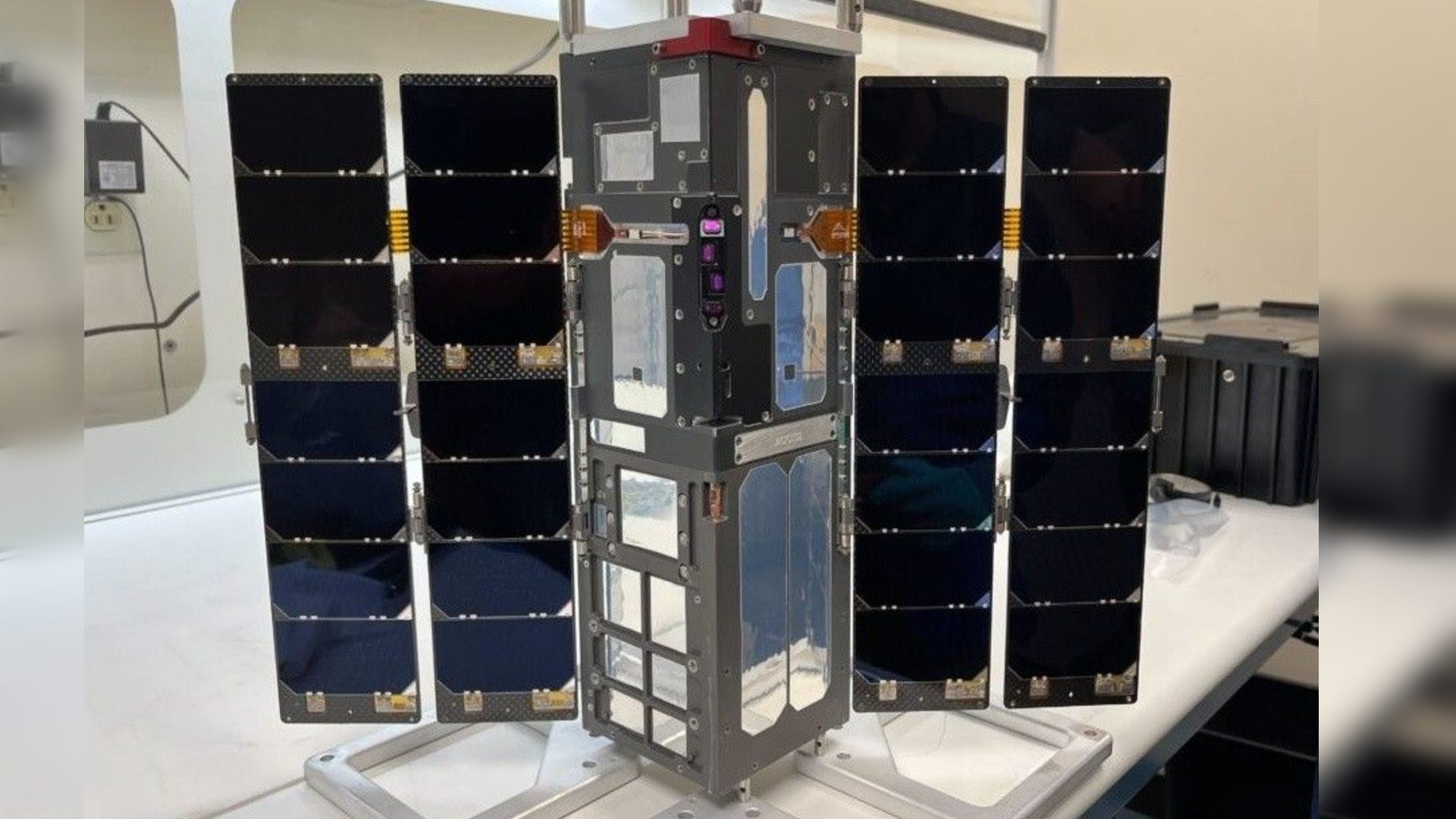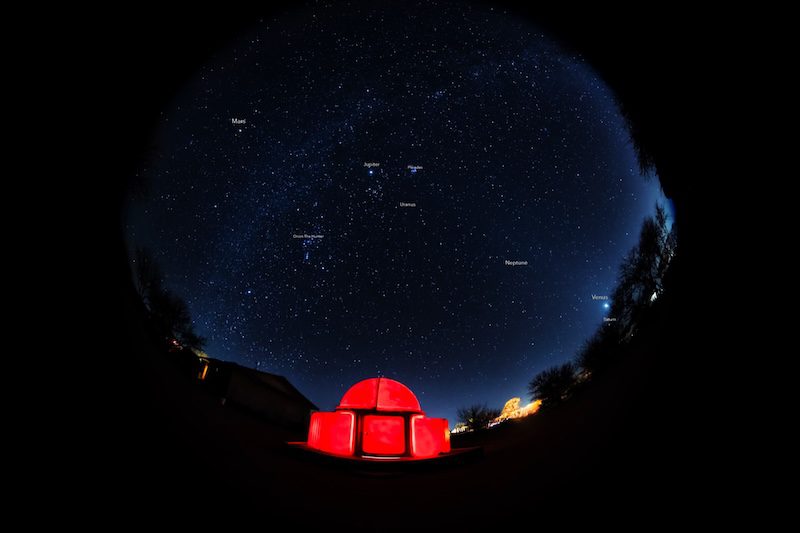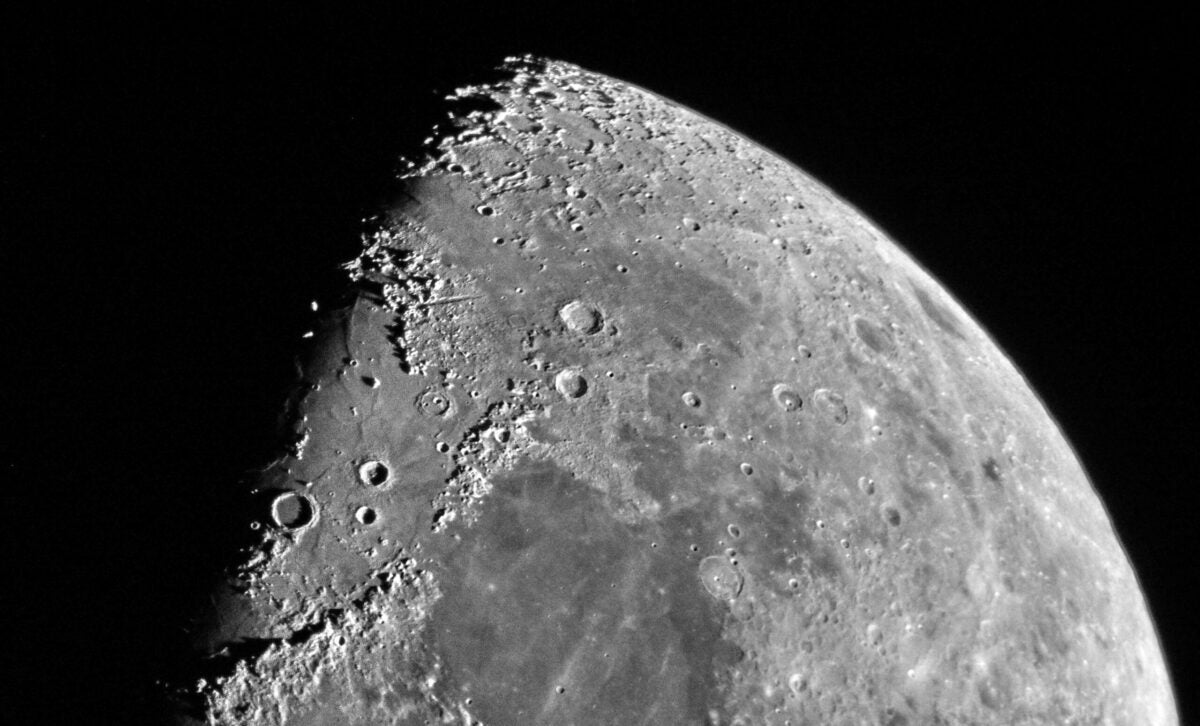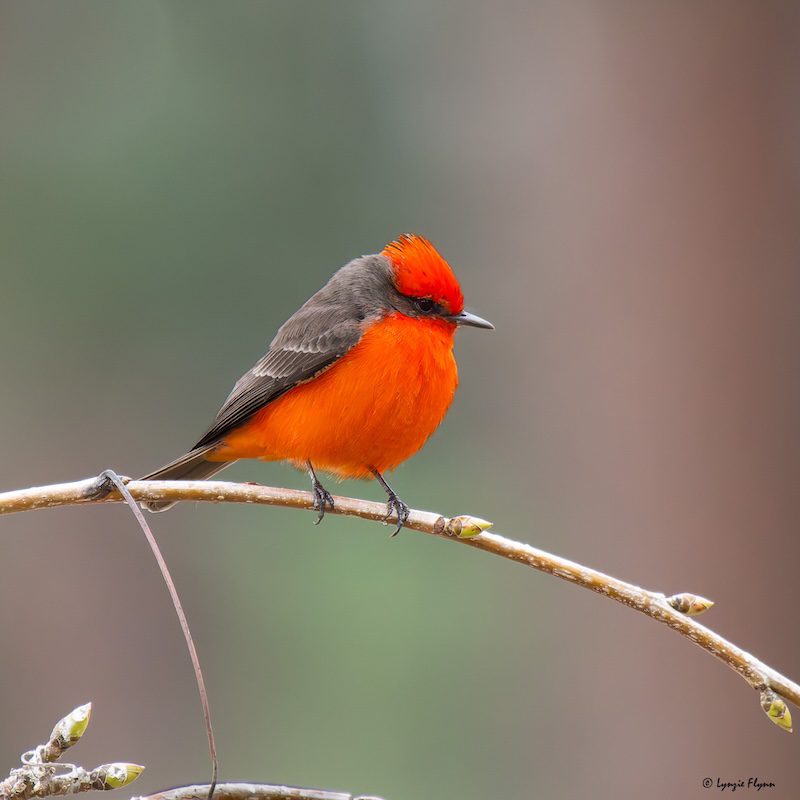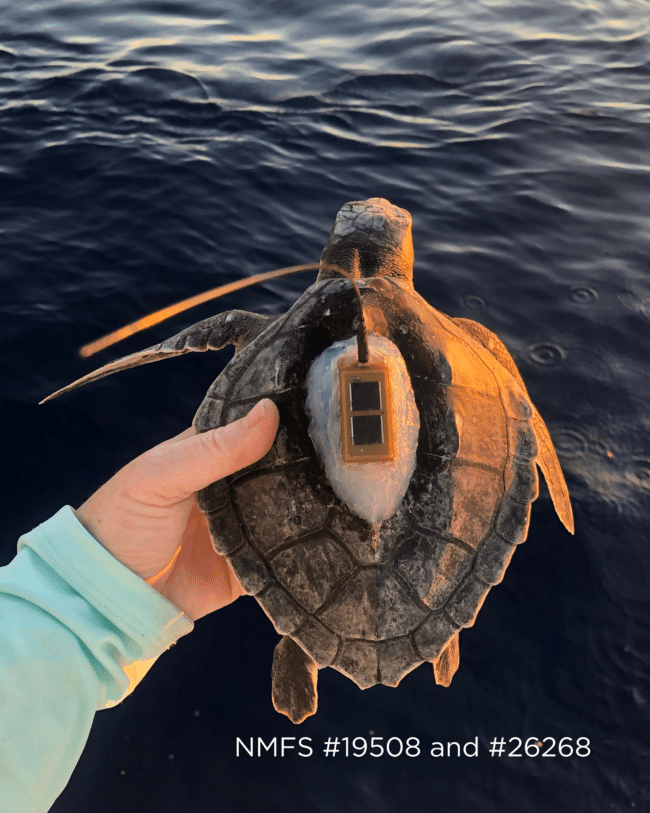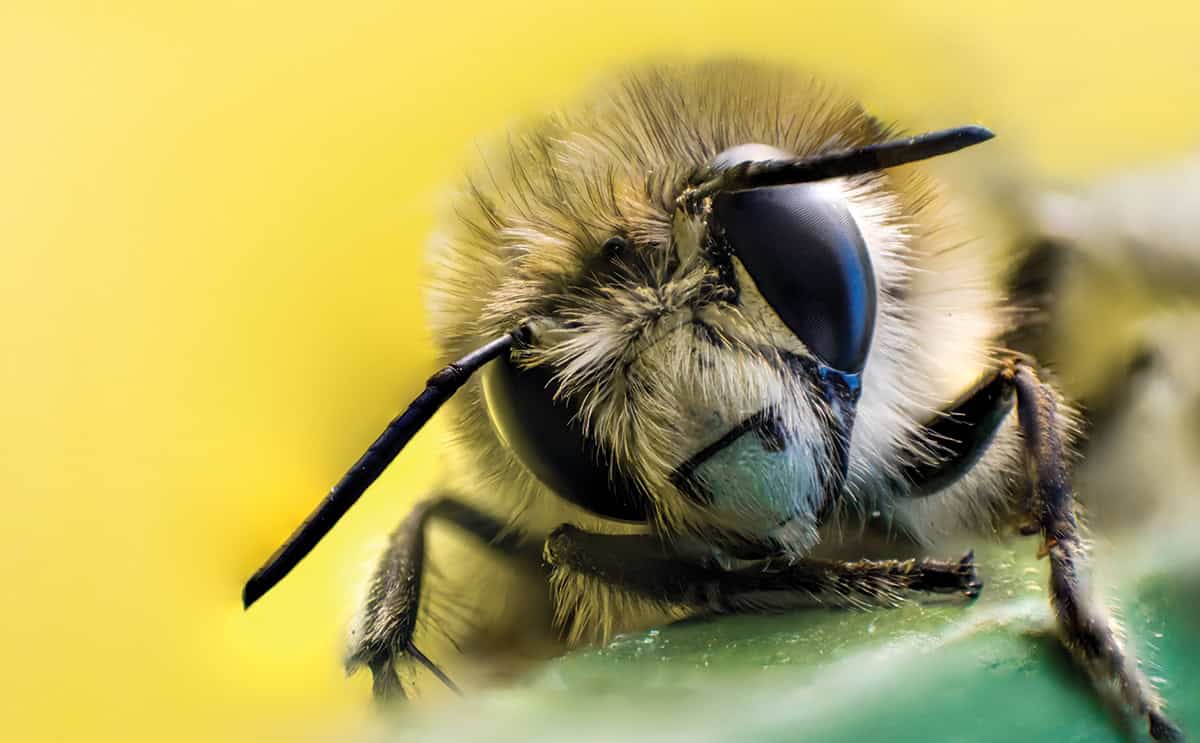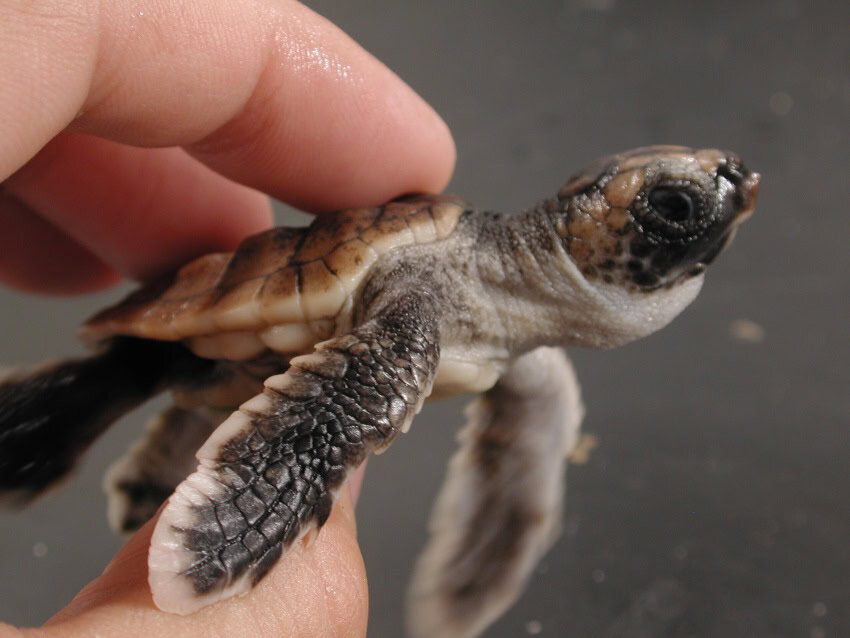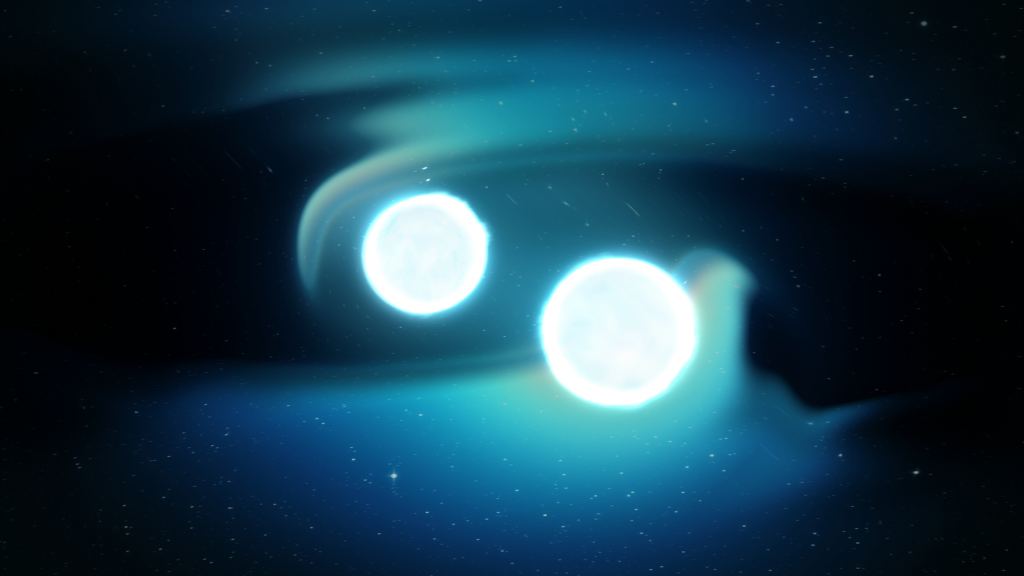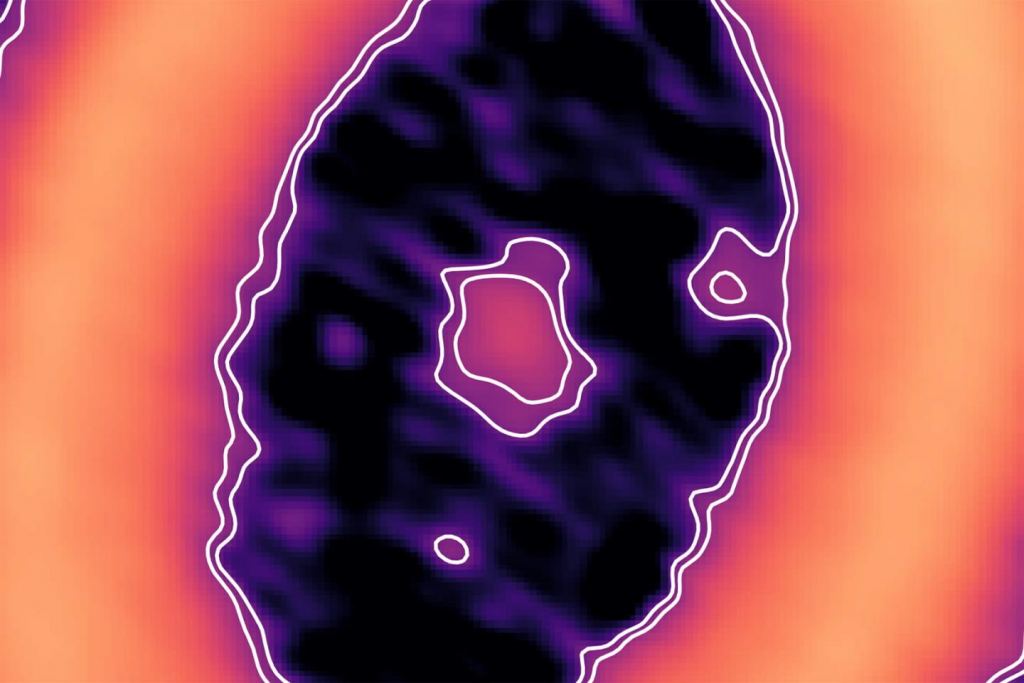‘It was a miracle.’ Amazing tales of dead spacecraft that came back to life
The hulk of metal moved silently through space, high above the blue Earth. Power no longer coursed through its wires, its instruments were dead to the outside universe, and its communications antenna was silent. To all intents and purposes it was deceased, and almost everyone back home had given up on it.Almost everyone.Despite the last vestiges of its battery having been drained, suddenly, from somewhere, there was a spark of life. As a failsafe, its computer was tasked with rebooting the spacecraft once the battery was empty — there was always more energy to garner from its solar arrays. Suddenly, the small satellite's various sub-systems began waking up. The flight computer reactivated, reaction wheels began spinning, instruments began sensing and its radio antenna began broadcasting on...
